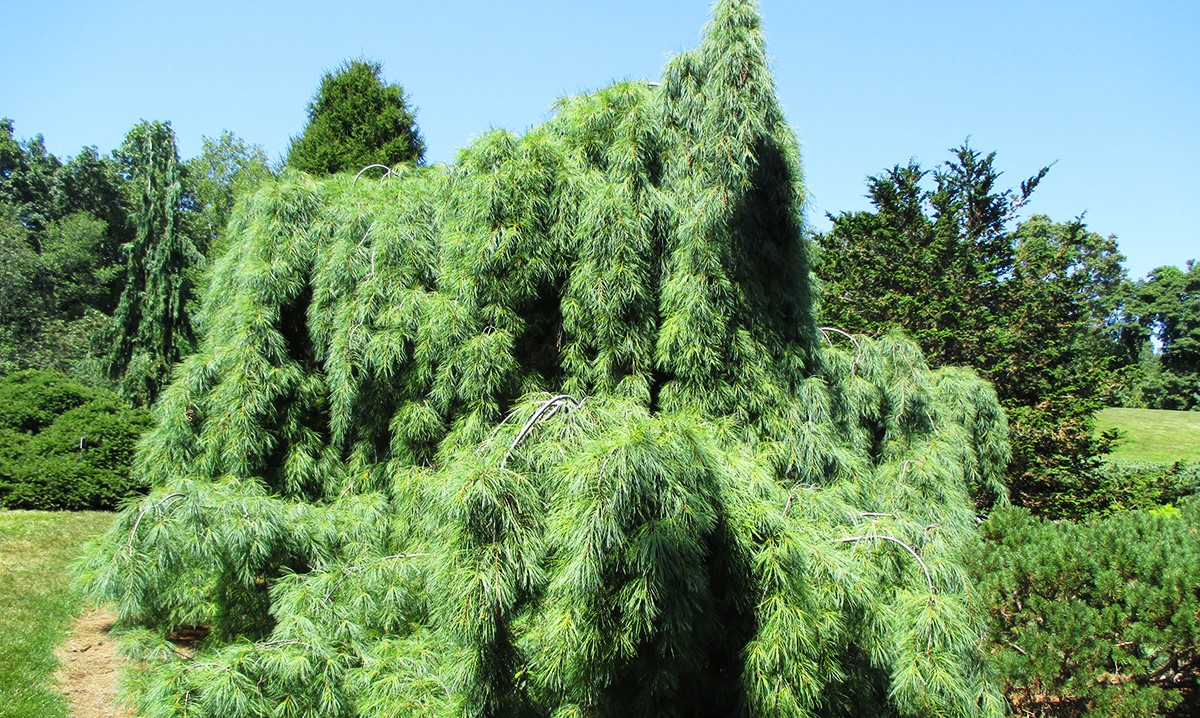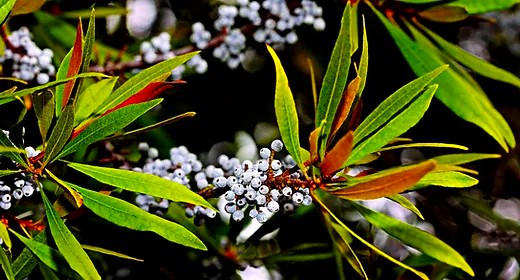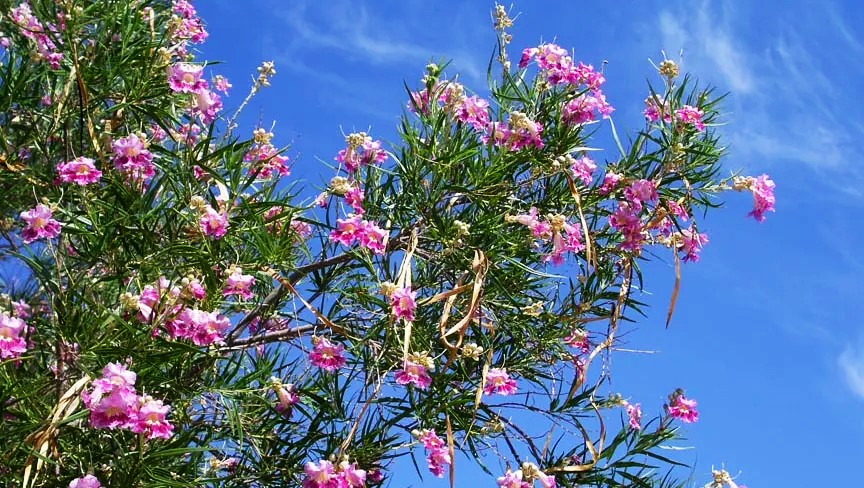
A brilliant pop of color in your backyard can be achieved with a small tree, such as an American redbud tree. With their eye-catching pink blooms and exquisite heart-shaped leaves that remain gorgeous long after the blooms fade, these low-maintenance natives bring gorgeous color to the spring landscape. The redbud is also a great fit for practically any garden due to its small size. See below for tips on taking care of the eastern redbud, which grows easily.
A Brief History of Eastern Redbud Trees
- Name in botany: Cercis canadensis
- 20–30 feet (6–9 meters) tall
- Spread: 4.5-7.6 meters, or 15–25 feet
- Exposure to the sun: full or partial shade
- Preferred soil type: rich, light, and moist
- USDA Hardiness Zones 4–9
- Plant in the spring or the fall.
Features of Redbud Trees
Excellent ornamental tree native to the eastern half of North America is the eastern redbud (Cercis canadensis). The eastern redbud grows in USDA planting zones 4 through 9, and it is well-adapted to a wide range of climates.
The pea-like buds, flowers, and seed pods of the eastern redbud tree identify it as a member of the bean family, Fabaceae. Because of a popular belief that Judas Iscariot hanged himself from a redbud-related tree, redbuds are also known as Judas trees.
Early Spring Exhibition
When the still-bare branches begin to fill with clusters of tiny pink or white flowers, redbuds provide a magnificent display of early spring flowers. For several weeks, the landscape is illuminated by the early blossoms.
Redbuds also greatly enhance the garden’s wildlife value. Their early blooms are a favorite of pollinators such as bees. And when the wacky green pods of the redbud tree appear in late summer, songbirds and small mammals eat the seeds.
Though most cultivars have green leaves with a charming heart shape, some have lime green, yellow, bronze, or burgundy leaves. Numerous nurseries also carry varieties of weeping redbud trees.
Typical Uses for Landscapes
Redbud trees grow quickly, but they never get very big. When fully grown, they typically stand 20 to 30 feet (6 to 9 meters) tall and spread 15 to 35 feet (4.5 to 6 meters). Redbud trees are frequently grown by gardeners in woodland or naturalized areas. Redbuds are also excellent as a specimen tree or as a border shrub. Eastern redbuds are a great option for gardeners with a variety of landscaping needs because of their small size, remarkable beauty, and wildlife value.
Where Is The Ideal Site For Redbud Tree Planting?
The native redbud tree’s adaptability to site requirements will appeal to anyone considering planting one. Eastern redbuds grow well in full sun or partial shade, though the Deep South prefers the latter. Redbuds make excellent specimen trees when left alone, but they also look good in shaded areas beneath larger trees.
Redbud trees are best planted in the early spring. The native flowering trees like their soil to drain properly. However, the hardy redbud can grow in both dry and wet soil, as well as in sandy or alkaline soil. Redbuds grow equally well on damp banks as they do on dry ridges. Redbuds can withstand drought, but when grown in a dry, hot climate, they thrive best with some irrigation.
Redbuds are laid back plants, but they don’t like having their roots disturbed. Redbud trees dislike being transplanted after they have been established, so be sure to select the right location.
Planting a Redbud Tree: A Guide
Redbud planting is very similar to planting any other tree. Once the location for your redbud tree has been chosen, dig a hole that is at least three times wider than the tree’s roots. When you plant the tree in the hole, make sure the root ball is level with the surface. After planting your tree, make sure it is straight and fill the hole with organic soil. After planting, give everything a good soak.
By gathering and sowing seeds from a nearby tree or stray seedling, you can effortlessly cultivate a redbud tree for nothing. Redbuds are prolific self-sowers, so chances are good that you’ll see baby redbud seedlings growing in your garden or yard if you live close to one. If you grow a redbud from a neighboring tree, your tree will be more adaptable to the growing environment. Additionally, containerized trees can be purchased and planted. Until they become established, all seedlings and saplings require consistent watering.
Redbud Care in the East
Your redbud will probably flourish if you plant it in a hardiness zone that is suitable for it and provide it with enough water. Apply 3 inches (7.6 cm) of mulch around the tree to the drip line, being careful not to touch the trunk, to encourage the growth of your redbud. This keeps the soil cool and evenly wet all summer long.
Redbud trees are generally low-maintenance, but proper care does include shielding branches. Their lateral branches are long and prone to breaking, so they need to be in a wind-sheltered spot. Redbud trees should be pruned to maintain a robust structure and to prevent asymmetrical branching. To avoid breakage and damage to the tree, remove branches that have V-shaped joints. To preserve a natural growth habit and get rid of any dead branches, prune in the fall during dry weather.
Diseases & Pests of Eastern Redbud
Few redbud trees survive for more than 30 years due to their short lifespan. They have a low resistance to illness and pests, which contributes to this. Girdled branches, which are frequently caused by Botryosphaeria canker, should be pruned. Regretfully, there’s no fungicide that works to suppress it. Before treating your tree for a disease or insect infestation, make sure you have an accurate diagnosis from an arborist.
Prevention is the key to managing diseases and pests. Steer clear of cutting your redbud tree because these wounds can become harbors for fungi and diseases. Fungal diseases such as leaf spot, verticillium wilt, and dieback are less common in healthy trees with adequate structure and airflow. Eastern redbud trees are kept vigorous with regular fertilizer applications, pruning, and irrigation.





